Description
EXOA overview
EXOA is a 16-port 10G EPON card, which can be used in the chassis of Fiberhome brand OLT AN6000-7, AN6000-15, AN6000-17, and AN6000-2.
10G EPON is a point-to-multipoint passive optical network access technology standardized in IEEE 802.3av, which evolved from the EPON standard IEEE 802.3ah. There are two key points in the IEEE 802.3av standard: the uplink and downlink bandwidths specified in IEEE 802.3ah are raised up to 10 Gbit/s; 10G EPON has good compatibility so that 10G EPON ONUs can coexist with EPON ONUs in an ODN. In this way, the operator’s investment is protected.
EXOA application
Advantages of 10G EPON application:
Compatibility: 10G EPON is in the same standard system as EPON.
Accordingly, EPON, non-symmetric 10G EPON, and symmetric 10G EPON ONUs can be connected to an OLT via the same ODN. The service model of 10G EPON is the same as that of EPON, and is compatible with the existing network management system, using a uniform OAM mechanism.
High bandwidth: 10G EPON supports the symmetric rate mode (10 Gbit/s in both uplink and downlink directions) and the non-symmetric rate mode (1.25 Gbit/s in the uplink direction and 10 Gbit/s in the downlink direction). The transmission rates are raised by 10 times compared with that of 1G EPON, and the transmission efficiency is enhanced to 97%.
High split ratio: Provides a split ratio up to 1:128.
Flexible networking: Users can choose to use EPON ONUs, symmetric 10G EPON ONUs, or non-symmetric 10G EPON ONUs according to their demand for bandwidth. The system can be upgraded on demand. The network is simple and can be configured flexibly. Ultra-long-haul access with a high split ratio is supported.
Cost-effective: The transfer cost per bit is reduced, and the cost of the upgrade is low.
EXOA hight-lights
Smooth upgrade: 10G EPON service cards can replace EPON service cards with little change in configurations. Accordingly, services can be migrated smoothly.
Software and hardware compatibility: Bandwidth can be upgraded without replacing subracks. Various PON service cards can coexist in a subrack.
Clock and time synchronization with high precision: Uses the system time transfer protocol defined in IEEE 802.1as, and supports synchronous Ethernet (SyncE), IEEE1588 V2, and 1PPS+ToD.
Overall protection: Supports backbone fiber protection (Type B) and all-fiber protection (Type C). The switching time is no more than 50 ms.


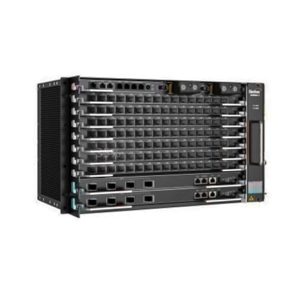
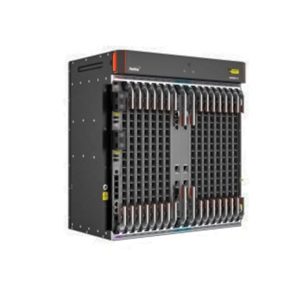
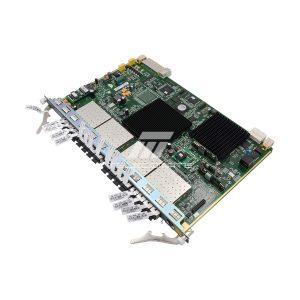
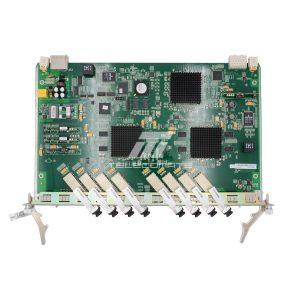
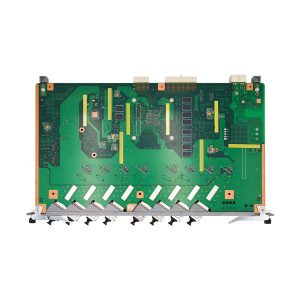
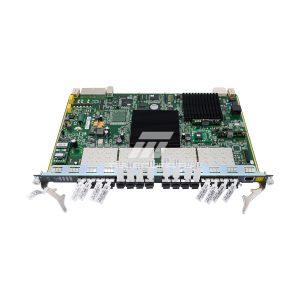
Zarrius –
Great performance and quality! The product exceeded our expectations, and the price is unbeatable. We will definitely order again.